This guide will discuss neoprene vs. Viton o-rings and gaskets. We will shed more light on each material so you can decide which one to go with. But first, you can read more about choosing an o-ring or a gasket.
What is Neoprene and its Properties?
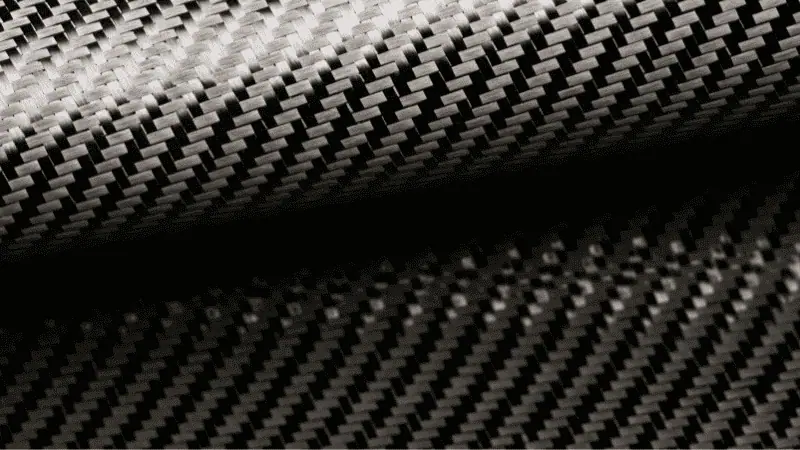
Neoprene is a general-purpose rubber with excellent tensile strength. It is particularly great for applications involving lots of movement. It has chemical resistance properties, ozone resistance, oxygen resistance, water resistance, heat resistance, and fire resistance.
When compared to natural rubber, it has more solvents and water resistance. The other impressive property that neoprene has is that it is durable.
It has weather resistance and can last long under strong sunlight. Hence, it doesn’t need constant replacement.
This is the maiden synthetic rubber that beats natural rubber in applications. Some of the applications it serves include industrial, electronics, and household applications.
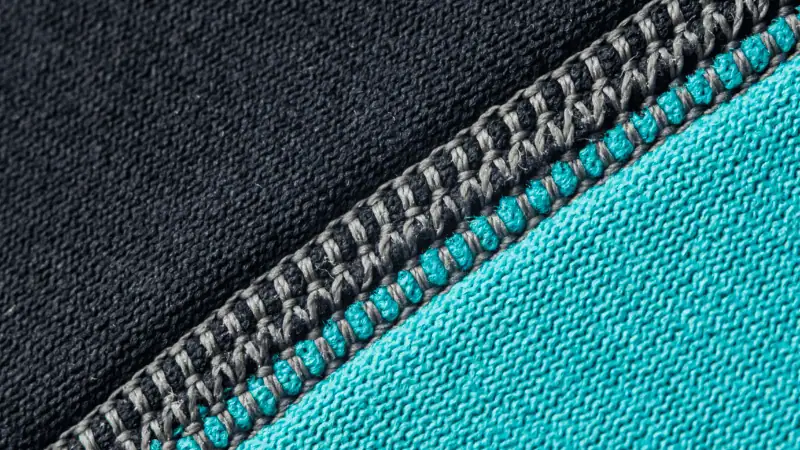
Because of its high cost, it has restricted applications. Neoprene has the following properties in a nutshell:
- Heat-resistant
- Water resistance, including in hot water and chlorinated hydrocarbons.
- Ozone and weather resistance.
- Abrasion and tear resistance.
- A broader range of temperature resistance.
- Fire resistance.
- Excellent chemical resistance.
What is Viton, and What are its Properties?
During the material selection process for sealing applications, Viton is one of the elastomers that won’t miss out. It falls under the fluoroelastomer family.
Viton is a rubber that’s highly dependable and durable. Its properties make it ideal for gaskets, o-rings, and other sealing applications.
Some of Viton’s properties include chemical resistance properties, heat resistance, oxidation resistance properties, and weather resistance, among many other mechanical properties. It is ideal for extreme environments.
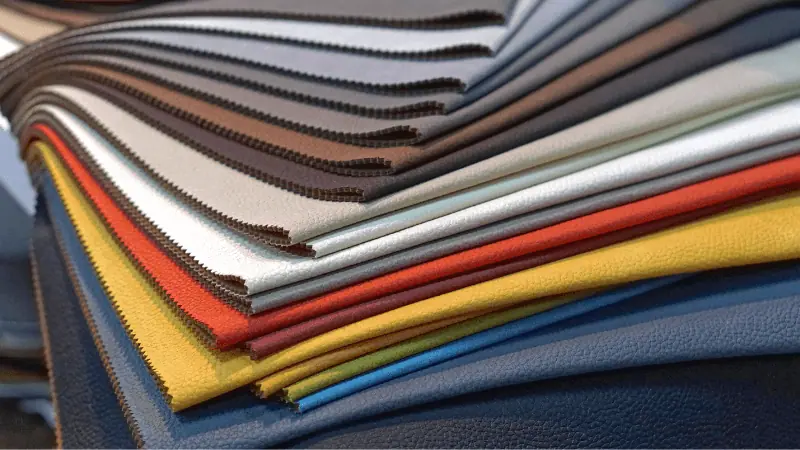
For example, it has a broad temperature range of between -45 degrees Celsius and 204 degrees Celsius. This broad range guarantees use in both low and high-temperature resistance applications.
Some common examples of where Viton is applied include the oil and gas industries. Here’s an overview of the properties of Viton, which make it an ideal gasket and o-ring material:
- It has more resistance to burning.
- Abrasion resistance through abrasive treatment.
- Good resistance.
- Ideal mechanical properties.
- Ozone and weather resistance.
- A broad range of temperature resistance.
- High quality and density.
- Superb chemical resistance.
- Low gas permeability.
Send Your Inquiry Now!
Quality Meets Affordability. Inquire Now for High-Quality Products at Low Volumes.
How do Neoprene and Viton Differ Based on Properties and Performance Characteristics?
Neoprene and Viton have a few similar mechanical properties and several distinct properties. The difference in their properties makes them suitable for various applications.
During gasket and o-ring material selection, it is important to judge based on the material’s properties and performance characteristics.
Neoprene’s Properties and Performance Characteristics
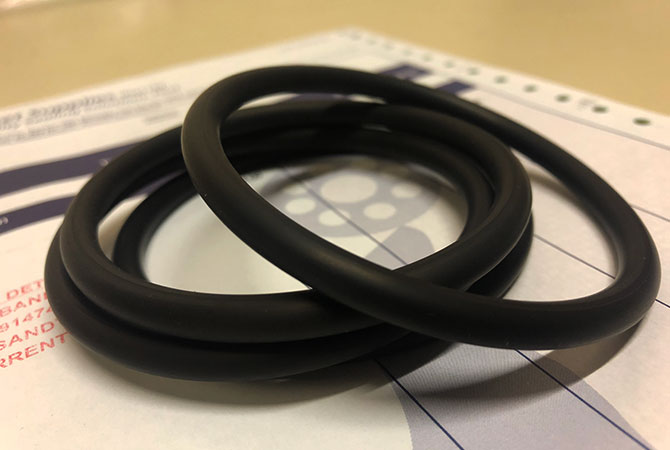
Neoprene is an elastomer with average resistance properties. With its excellent resistance to UV, weather, sunlight, petroleum oils, and oxygen. Neoprene o-rings have the following impressive performance characteristics:
- Excellent resistance, especially to silicate ester lubricants, petroleum oils, acids, and refrigerants.
- Low compression set. This can be good or bad, depending on the area of application.
- Decent resilience.
- They are flex-cracking resistant.
- Tear resistance.
- Low gas permeation.
Neoprene has a hardness range of between 50 and 80 durometers shore A. Its wide temperature range is between -45 and +250 degrees Fahrenheit.
Viton’s Properties and Performance Characteristics
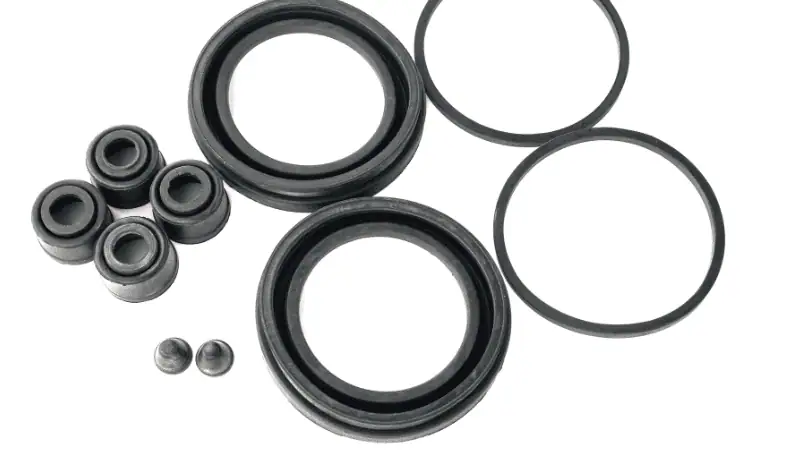
As for Viton, it has a good temperature range and chemical resistance. Viton’s properties make it a common o-ring material. Viton has the following performance characteristics:
- Resistant to petroleum oils.
- Handles well with brake fluids.
- Chemical resistance.
- Excellent compression set resistance.
Viton’s hardness range is between 50 and 95 durometers shore A. This is slightly different from Neoprene and shows resilience. Further, it has a broader operating temperature range of between -15 and +400 degrees Fahrenheit.
When Should You Use Neoprene O-Rings or Gaskets?
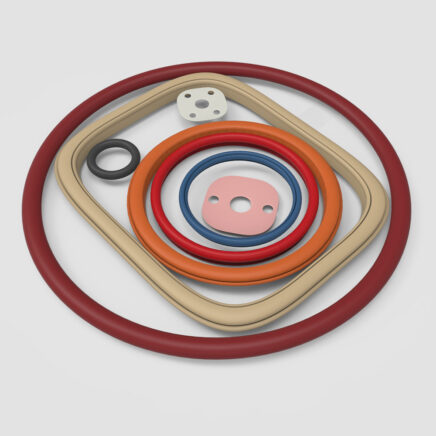
Neoprene o-rings and gaskets are ideal for sealing applications and have been a perfect choice for most industries. They have proven resilience where other materials don’t.
Its flex cracking-resistant nature, abrasion resistance, moderate resistance to petroleum oils, and low compression set, among many other properties, make Neoprene perfect for gasket and o-ring material selection.
Applications
In case you’re wondering when to use neoprene o-rings and gaskets, then here are a few instances that should guide you:
- Refrigerant sealing pressure application.
- Underwater applications due to their good resistance to water and water solvents.
- Ideal for sealing fire doors because of its excellent heat and fire resistance capabilities.
- Rubber to metal applications since it has excellent adhesion qualities.
- Ideal for static sealing applications.
Send Your Inquiry Now!
Quality Meets Affordability. Inquire Now for High-Quality Products at Low Volumes.
When Should You Use Viton O-Rings or Gaskets?
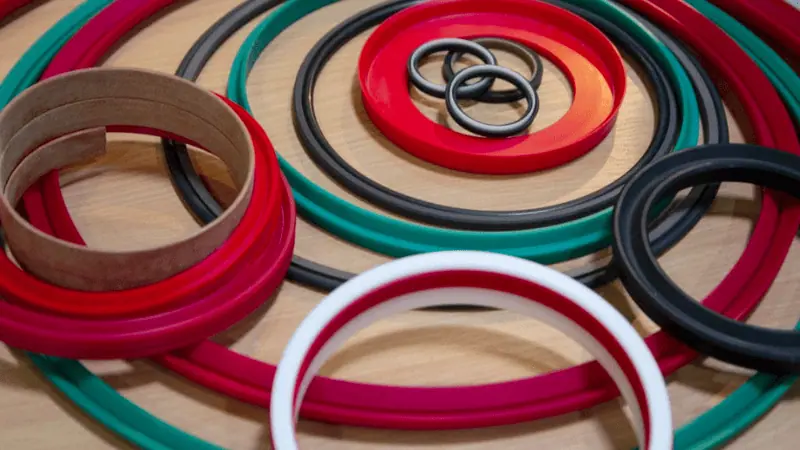
Viton can handle different types of environments and applications. One of the main advantages of Viton is that it can work perfectly in sealing areas that move.
It is also ideal for use in acids, petroleum, silicone oils, and gases, among many other applications. In addition, Viton works well with low molecular weight esters, amines, and ethers.
Applications
Due to it being a broad and versatile material, Viton has the following uses and dynamic applications across different industries:
- In chemical processing industries.
- Automotive brake fluids and brake systems.
- Hydraulic fittings.
- In fuel systems.
- Applications involving petroleum-based oils and silicone fluids.
- Applications involving extreme heat.
- Use in phosphate ester hydraulic fluids.
Neoprene Vs. Viton O-Rings and Gaskets – Which One is Better?
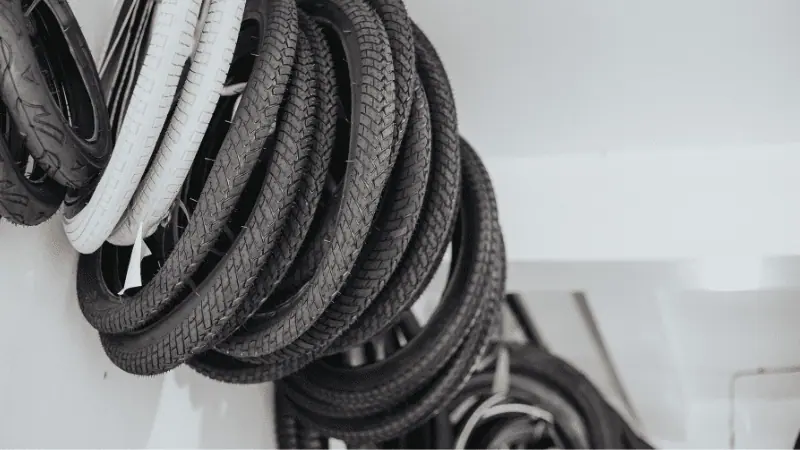
We have looked at the individual characteristics and properties of Neoprene and Viton. Getting the right material for o-rings is imperative for a manufacturer.
Right now, you’re probably searching for an o-ring supplier with the best o-ring materials.
At Hongju, we are always ready to share our in-depth experience, expertise, and knowledge with manufacturers so as to improve the quality of products reaching the end user.
This is why our o-rings are made of the best materials. You can choose the material you deem fit for your applications, and we will handle the rest.
Neoprene and Viton aren’t the only materials that can make quality gaskets and o-rings. Silicone o-rings are equally as productive, can take on dry heat, and have several applications, including medical devices.
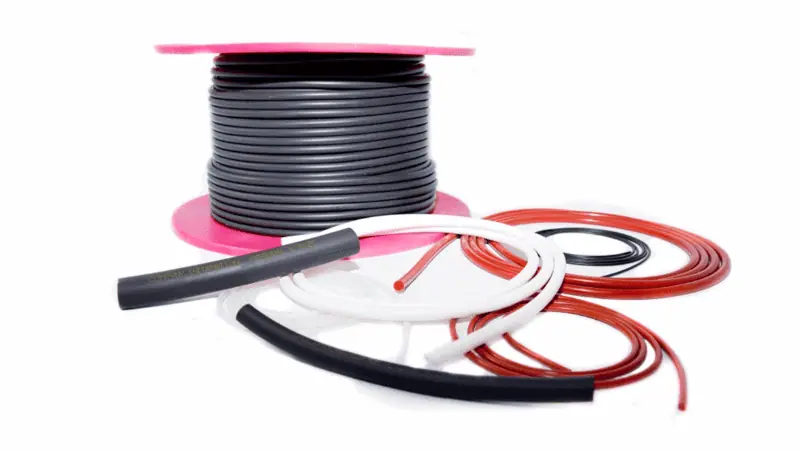
Nonetheless, they have their limitations, including the fact that they have poor tear resistance and are ideal for static applications.
Thus, as much as a silicone o-ring will handle dry heat, it may not be ideal for pneumatic tools and hydraulic fluids. Silicone can handle both high and low temperatures.
It has a decent temperature range. Besides, it also has excellent electrical resistance properties, which makes it an ideal option for electronic use.
In addition, pure PTFE o-rings are equally good in harsh environments, bearing in mind that they handle a broad temperature range of between -450 degrees Fahrenheit and 600 degrees Fahrenheit.
They also operate well alongside chemicals like isopropyl, methyl, and acetone, among others. The downside is that they are quite rigid, making them hard to apply, especially in applications requiring movement.
That is why most of their application is in the medical and food sectors.
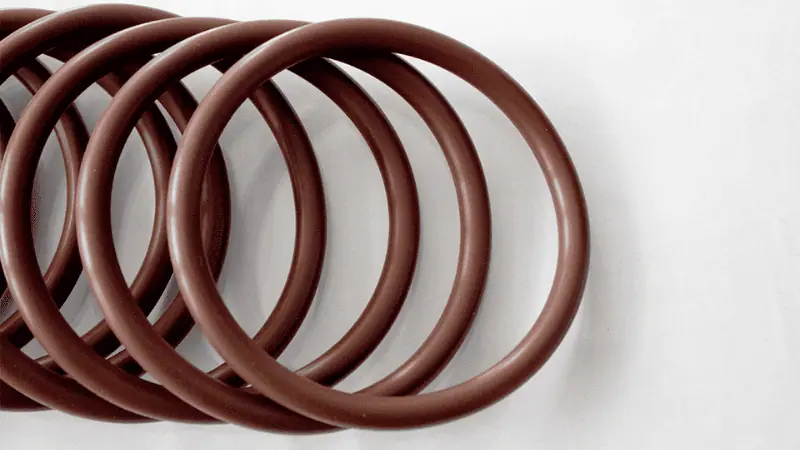
Finally, choosing between neoprene and Viton o-rings or gaskets will depend on how you want to use them. For instance, if you’re looking for good abrasion resistance, you might want to go with Viton.
But this doesn’t mean that neoprene lacks abrasion resistance – it just isn’t as good as Viton. Similarly, both have decent tensile strength, even though neoprene is slightly better.
A Viton o-ring is better to use in automotive brake fluid and hydraulic fluids as compared to neoprene. This is basically because Viton has excellent compression set resistance.
Send Your Inquiry Now!
Quality Meets Affordability. Inquire Now for High-Quality Products at Low Volumes.
Conclusion
Choosing the best o-ring material is crucial to the specific application at hand. We have looked at neoprene and Viton in a broad perspective, and ethylene propylene rubber plus silicone o-ring briefly.
Nonetheless, the main emphasis was on neoprene and Viton. We have shown you in detail how to choose between the two.
Still, you can read more about the applications of o-rings in status and dynamic applications to help you make a more informed decision.
Contact Hongju for Viton and Neoprene O-rings and Gaskets
Hongju Silicone offers industry knowledge and expertise if you want Viton, neoprene, ethylene propylene, or silicone o-rings. We attempt to solve individual client problems rather than creating a one-size-fits-all solution. Contact us for our raw materials that are premium and guarantee durability and service.